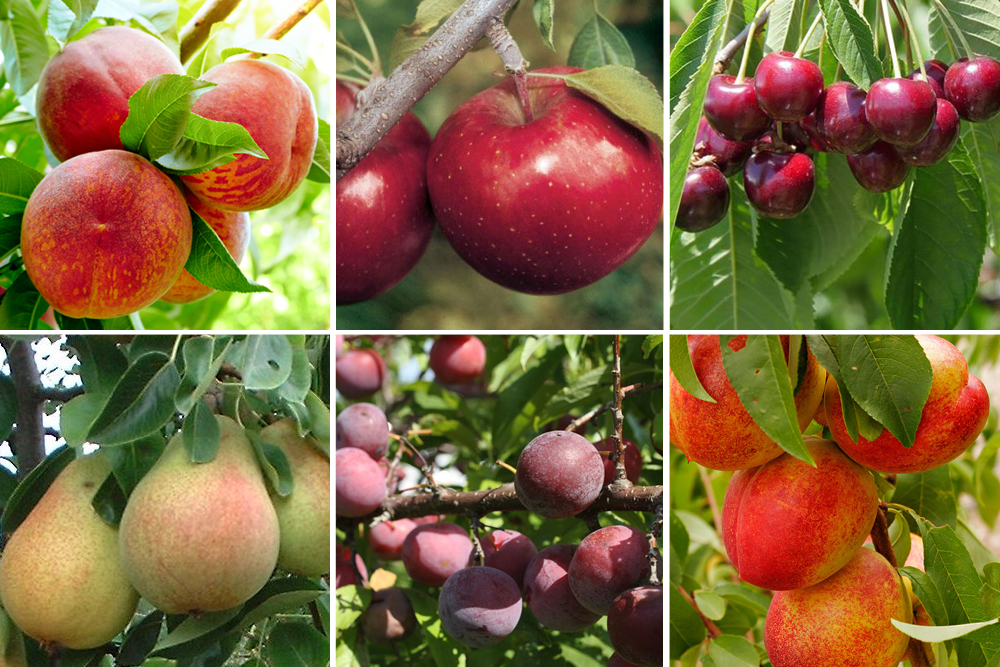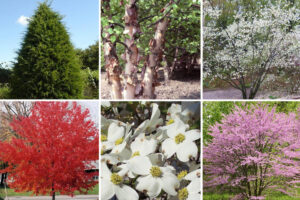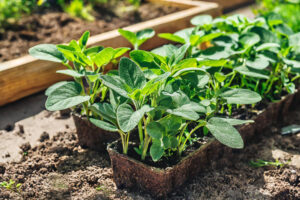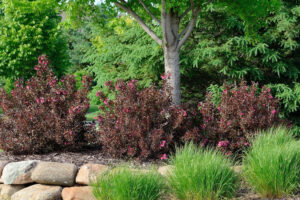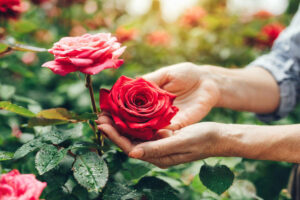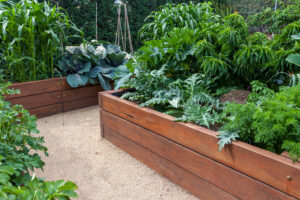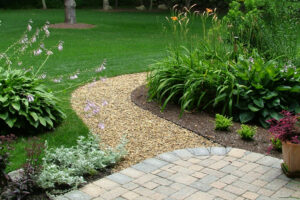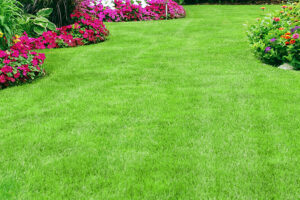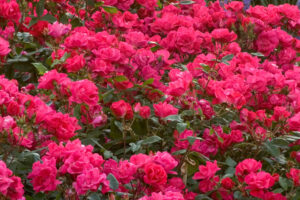The dream of plucking fresh fruit from the trees in your backyard is a delightful prospect for any home gardener. Home orcharding is a rewarding hobby that provides a bounty of natural, healthy fruits, adds beauty to your landscape, and creates a habitat for wildlife. You can establish and maintain a thriving home orchard with some knowledge and care.
The Basics of Pollination
A successful harvest begins with understanding the pollination requirements of your fruit trees. Some fruit trees, such as peaches, nectarines, tart cherries, apricots, figs, and persimmons, are self-pollinating and do not require pollen from another tree to bear fruit. However, many apple, pear, plum, and sweet cherry varieties require cross-pollination to produce a crop. It’s essential to check the label on each tree for specific pollinating information to ensure a fruitful yield.
Choosing the Right Location and Spacing
Location is vital in orcharding. Fruit trees thrive in a sunny spot where they can bask in full sunlight for the day. The soil should be well-drained, as fruit trees do not fare well in soggy ground. Proper spacing is crucial for air circulation and sunlight exposure, with a recommended distance of 15 feet between trees.
Pruning for Health and Productivity
Pruning is an essential annual task that shapes trees, encourages vigorous growth, and increases fruit production. Strategically removing specific branches ensures that the tree doesn’t expend energy on unproductive growth and instead directs that energy toward fruit development.
Preventative Spraying and Watering
To safeguard your trees from pests, a preventative approach with products like Bonide Home Orchard Spray can be very beneficial. Regular spraying as a preventive measure can significantly reduce the incidence of pests that can otherwise be detrimental to your trees.
Watering is equally essential, especially during the first year of growth. If there’s no rain, a weekly watering will help the trees establish their root systems. After the first year, a bi-monthly watering regimen is often sufficient.
Fertilization for Optimal Growth
Fertilizing at the correct times is critical to the health of your fruit trees. Start with an organic product like Espoma Bio-tone at planting and follow up with Espoma Tree-Tone Fertilizer a few weeks later. This combination will provide the necessary nutrients for your trees to thrive.
Harvesting Your Bounty
With proper care, your fruit trees should begin to bear fruit within 1-2 years of planting. The joy of harvesting your fruit is unmatched, offering a tasty treat and a sense of accomplishment.
Preparing Perennial and Flower Garden Beds
Preparing your beds with equal care is essential for those who also cherish the blooms and colors of a flower garden. Amending the soil with organic materials like Leaf-Gro, mushroom compost, or peat moss will enrich the soil. Double-digging these amendments to a depth of 6-10 inches will ensure that the roots of your plants can penetrate deeply and quickly. Edging your beds will give a polished look to your garden and help prevent grass from creeping into your flower beds.
Starting a home orchard and preparing your perennial and flower garden beds requires some effort upfront, but the rewards are immense. From the fragrance of fresh blossoms to the taste of sun-ripened fruit, the benefits of this labor will be enjoyed for seasons to come. Whether you’re savoring a juicy peach or admiring the vibrant hues of a well-kept flower bed, the pleasures of home gardening are indeed the fruits of your labor.

